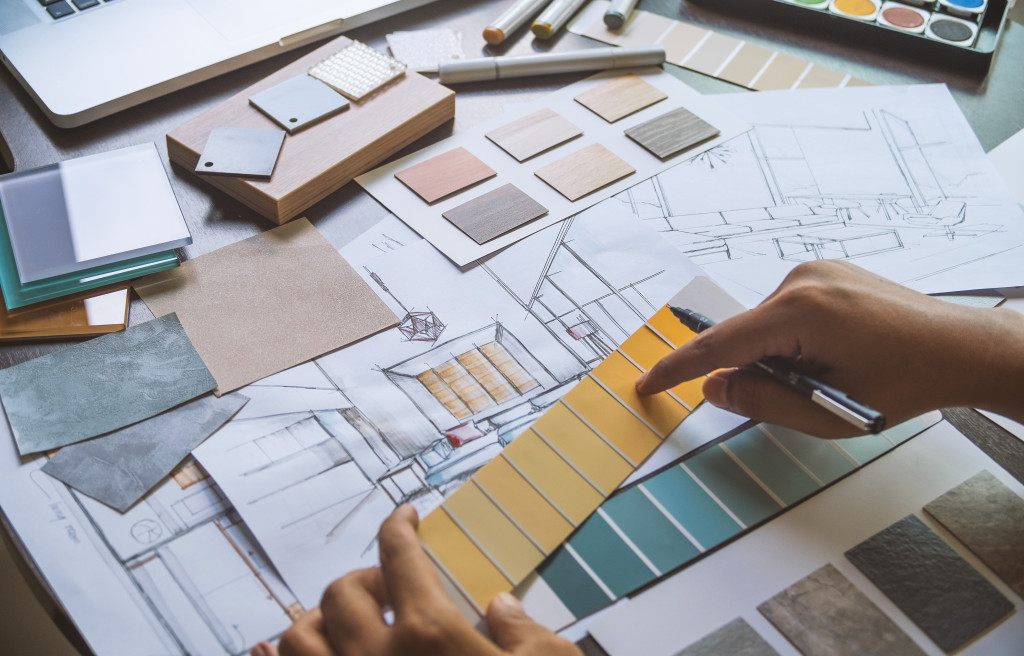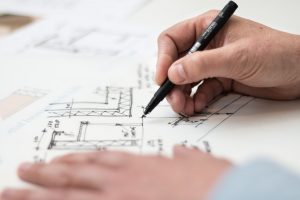- Home expansion can increase living space and property value but requires planning and understanding local regulations.
- A detailed construction plan includes budget understanding, quality material selection, timeline determination, and environmental impact consideration.
- To integrate the new space seamlessly, continue the existing architectural style and design elements.
- Adequate preparation and research are crucial for successful home expansion, enhancing functionality and aesthetic appeal.
Expanding your home is a way to increase your living space and a strategic move that can enhance the overall value of your property. According to a report by the National Association of Realtors, adding a bathroom, for example, can boost your home’s value by approximately 20%. Furthermore, a study by Zillow found that for every 1,000 square feet added to a home, the sale price can increase by more than 30%. These statistics underline the potential financial benefits of home expansion, making it an investment worth considering.
However, building an extra home space will require much planning and research. You’ll need to consider the expansion’s size, design, budget, and timeline and ensure it complies with local regulations. Additionally, if you plan on taking out a loan to finance your project, it is essential to research the best rates available.
Here are a few tips to help you with the process:
Getting the Legal Requirements
Securing the proper legal requirements is paramount when planning your home expansion. It ensures your project aligns with state, local, and neighborhood regulations, mitigating the risk of fines, delays, or a halt to your project due to non-compliance. Legal stipulations may include zoning laws, which dictate what you can build and where, or building codes, which specify how construction must be carried out to ensure safety.
For example, you may need to secure planning permission if your expansion changes the basic structure of your home or if it breaches zoning laws, such as building on green space or exceeding height restrictions. Additionally, you may need a building permit to ensure the construction complies with safety codes. Homeowner association (HOA) regulations could also come into play, dictating architectural style, colors, or landscaping. To avoid legal complications, you must familiarize yourself with these requirements before starting your project.
Create a Construction Plan

Creating a construction plan is pivotal to the success of your home expansion. An adequately outlined plan offers a roadmap to the project, providing a clear vision of the procedures, resources, and timelines involved. It also acts as a communication tool between all parties involved, ensuring everyone is on the same page regarding the project’s goals and delivery. Here are four crucial factors to consider when creating a construction plan:
Understand Your Budget
Your budget plays a significant role in determining the scale and feasibility of your home expansion. Analyze your financial situation carefully and establish a realistic budget considering all potential costs such as materials, labor, permits, and contingency expenses. Remember to account for possible cost overruns or unexpected expenses.
Choose Quality Materials
The choice of materials will significantly impact your project’s longevity, aesthetics, and cost. Investing in high-quality, durable materials that can withstand the test of time is advisable. Research various material options, compare prices, and choose the best balance of quality and affordability.
Determine the Timeline
Establishing a realistic timeline for your project can prevent project delays and cost overruns. Factor in the time required for securing permits, ordering materials, and actual construction. Always include some buffer time to account for any unexpected delays.
Consider Environmental Impact
Lastly, consider the environmental impact of your expansion. Choose eco-friendly materials where possible and consider construction methods that minimize waste. Remember, a sustainable home expansion not only contributes to the environment but can also enhance the value of your property.
Connect the Area to Home

Creating an adequate flow between the new space and the existing area of your home is essential to make the expansion feel like an integral part of your living space rather than an afterthought. Consider how the new site will connect visually and functionally to the existing structure in the design stage.
One way to create this connection is to continue with the same architectural style and interior design elements. This approach ensures a seamless transition from the old space to the new, creating a unified look and feel. For instance, if your home has a rustic design, carry this theme into the new space with similar woodwork, color schemes, and decor.
Furthermore, the use of consistent flooring and wall finishes can enhance the feeling of continuity. Another strategy is to employ square nose molding at the junction of the old and new floors. This molding creates a smooth transition and gives a finished look, seamlessly connecting the spaces.
In terms of functionality, consider the purpose of the new space and how it relates to the rest of the home. For instance, if you’re adding a new bedroom, it might be best to locate it near an existing bathroom conveniently.
Remember, the goal is to make your home expansion feel like a cohesive part of your home, enhancing its overall functionality and aesthetic appeal.
Final Thoughts
Expanding your current home can be an exciting and rewarding project that increases its value while giving you more space to enjoy. To ensure success, it is essential to familiarize yourself with local regulations, create a comprehensive plan, select suitable materials, and connect the new area to your existing home. With adequate preparation and research, you’ll have a higher chance of achieving your desired expansion.






